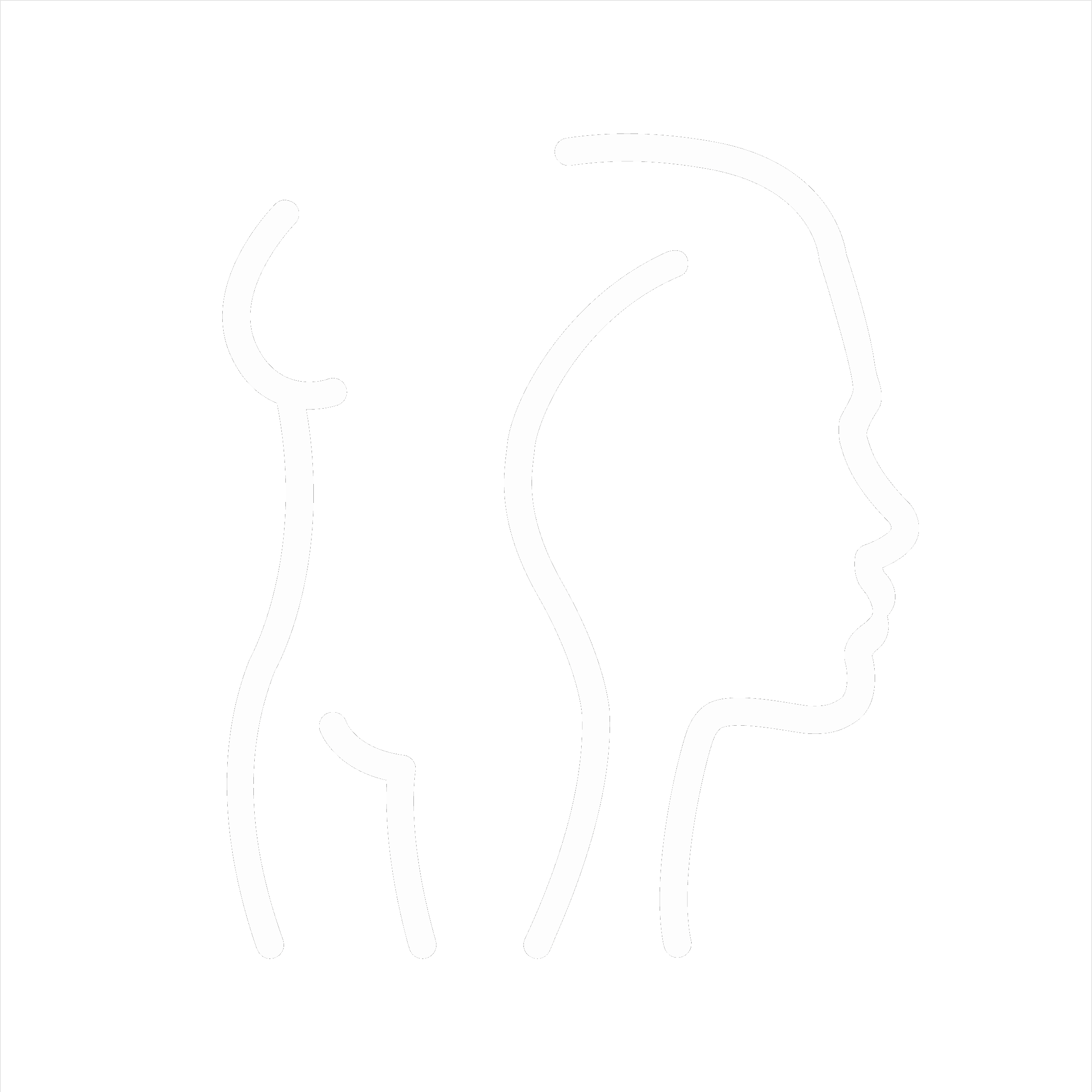Abdominal wall correction
With a abdominal wall correction, also called abdominoplasty, we want to create a tighter, flat stomach again. For example, after significant weight loss or after a pregnancy, there may be excess skin, whether or not in combination with 'sagging' due to stretching (diastasis) of the abdominal muscles. Unfortunately, this cannot be solved by means of an additional diet or extra exercise.
During the procedure under general anaesthetic, the excess skin and subcutaneous fat tissue at the level of the abdominal wall is removed through an incision at the navel and bikini line. If necessary, the straight abdominal muscles can also be brought closer together and strengthened at the same time. This helps create a nice waist and a firm, flatter stomach. By means of liposuction at the level of the abdominal flanks, the result is optimized.
If necessary, wound drains can be left for a few days to drain the remaining exudate. These will be cared for daily by the home nurse until they can be removed.
It is worth noting that an abdominal wall correction is absolutely not a weight loss method.
Preparation
- You must be fasting for this procedure under general anaesthetic.
- Timely smoking cessation is very important to prevent wound healing problems.
- When taking blood thinners, you should stop them in time. Be sure to discuss this with the surgeon during the consultation.
Postoperative course
- You should wear a belly band for 6 weeks to optimize the result. In this way, the skin will contract better.
- You are not allowed to make any strenuous (sporting) efforts for 6 weeks.
- It is very important to mobilize as soon as possible after the procedure (within the pain limits), in order to prevent thrombosis, among other things.
Possible complications
As with any surgery, this procedure carries a risk of bleeding, infection or impaired wound healing. After a abdominal wall correction there is an additional risk of seroma formation, this extra subcutaneous fluid sometimes needs to be punctured and removed during the consultation.



